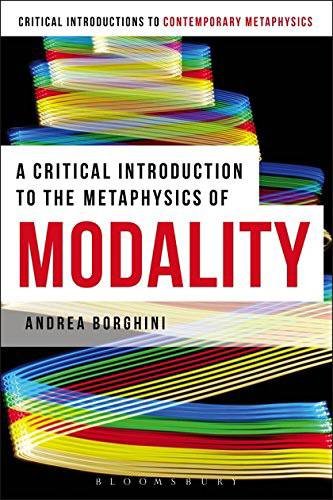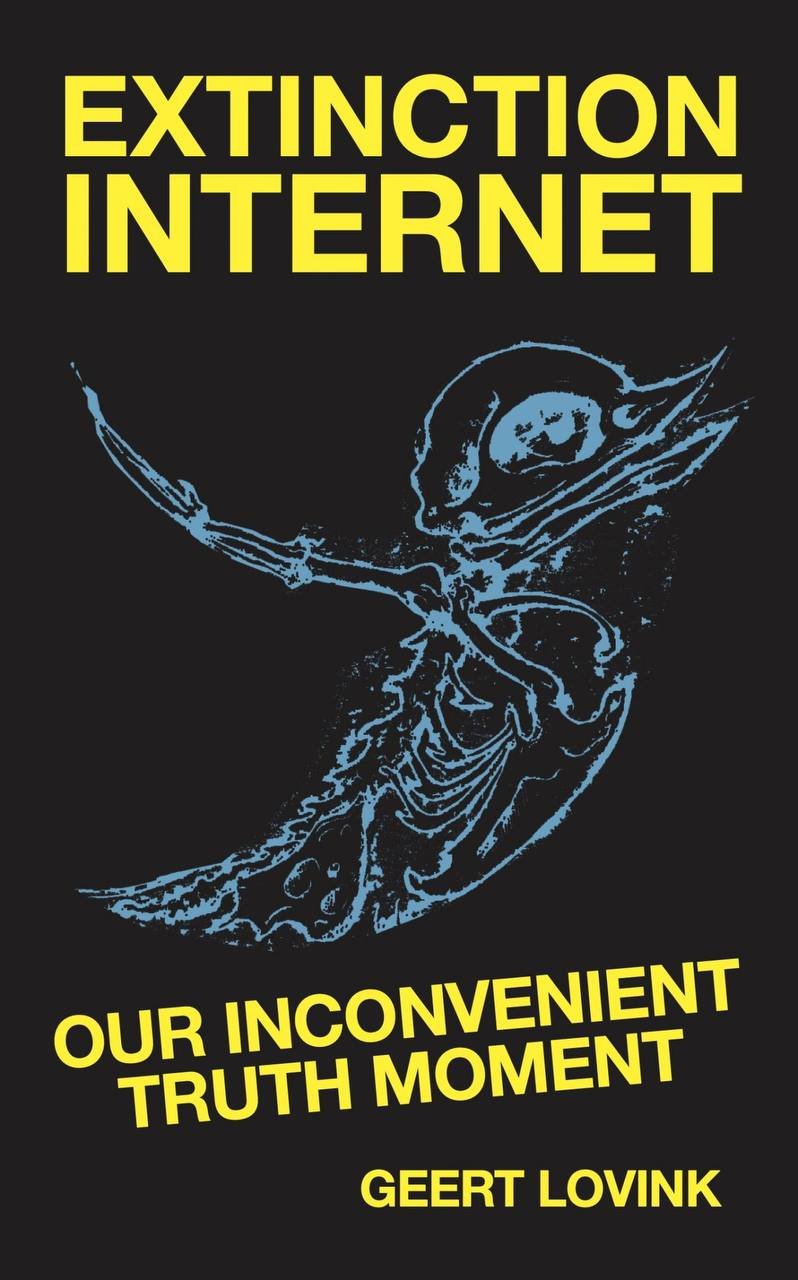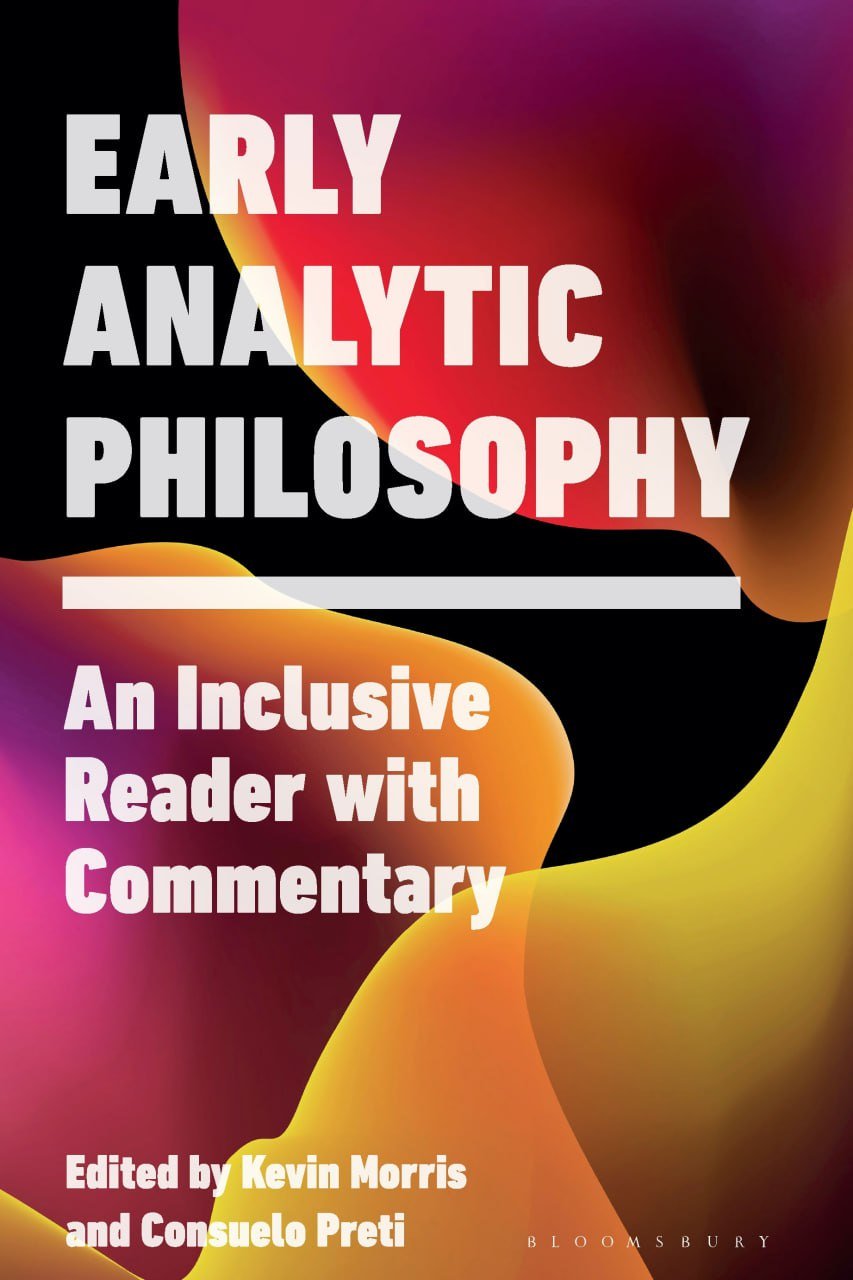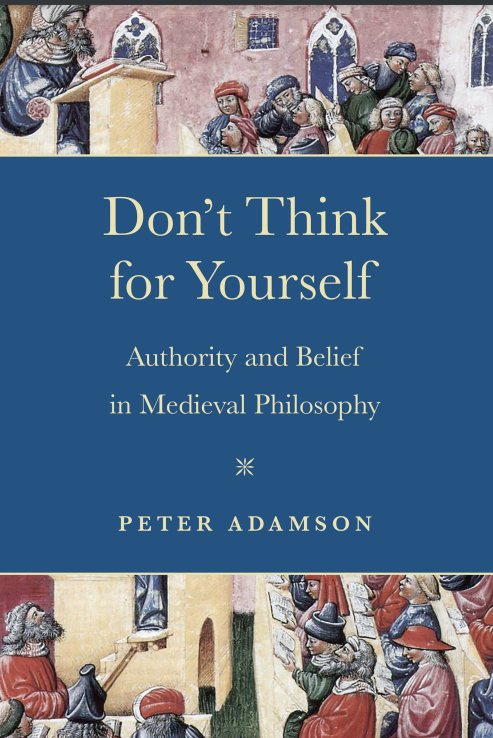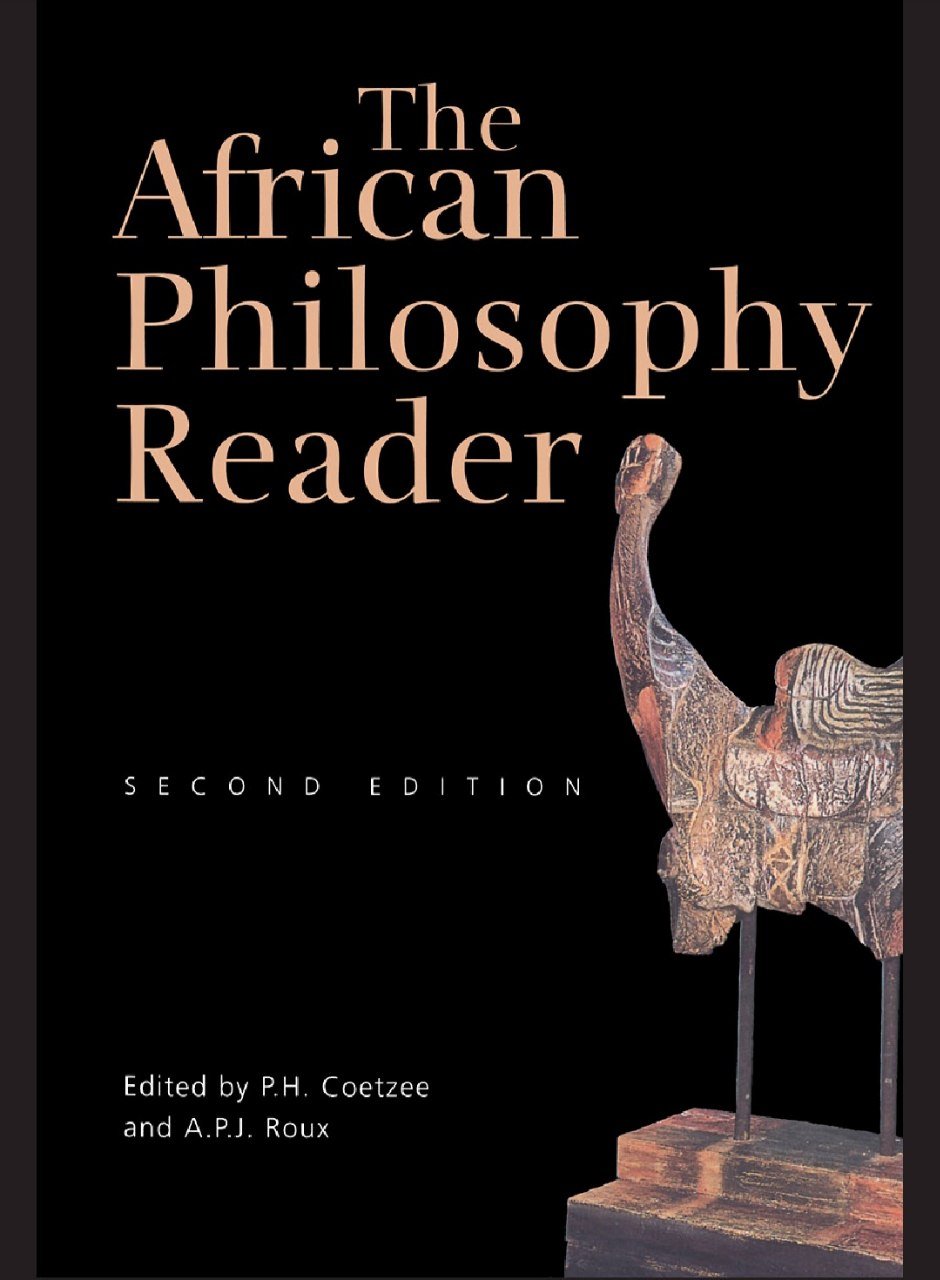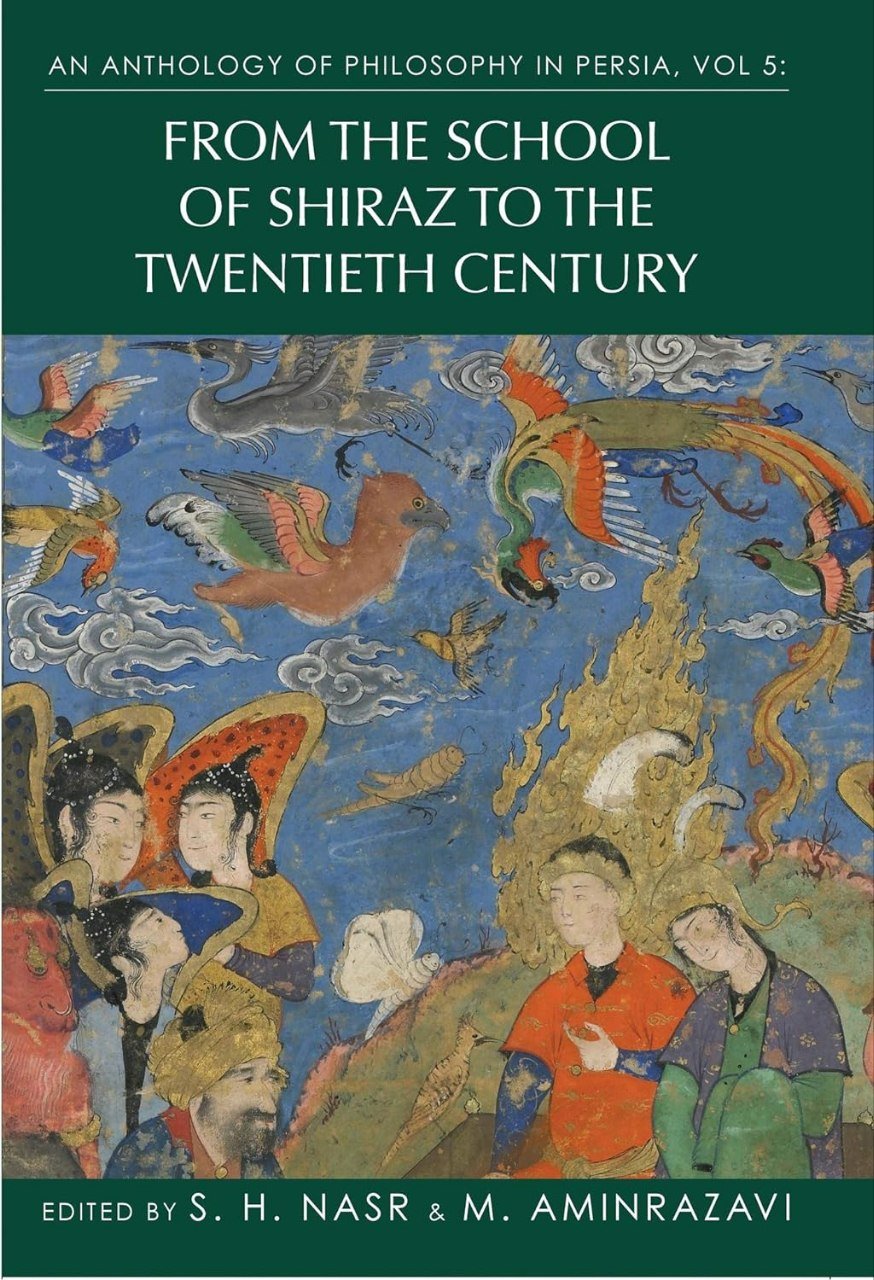

Invisible Cities by Italo Calvino
Reviews
No review yet. Be the first to review this book!
Description
Invisible Cities by Italo Calvino is a mesmerizing and poetic novel that explores the nature of cities, imagination, and human perception. First published in 1972, the book takes the form of a fictional dialogue between the Venetian explorer Marco Polo and the Mongol emperor Kublai Khan. Rather than recounting traditional travel tales, Marco Polo describes 55 fantastical cities, each one a unique vision shaped by memory, desire, time, language, and dreams. These cities—whether floating, mirrored, infinite, or crumbling—are more than physical spaces; they are metaphors for human experiences, relationships, and ideas. The novel is structured with a mathematical elegance, dividing the cities into thematic categories such as: Cities & Memory – places shaped by recollection. Cities & Desire – reflecting human longing. Cities & Signs – where meaning is unstable. Thin Cities, Hidden Cities, Continuous Cities – exploring the paradoxes of urban existence. As Kublai Khan listens, he begins to wonder: Are these real cities, or is Polo merely describing different facets of one single, infinite city—Venice? Through this ambiguity, Invisible Cities invites readers to reflect on how we construct our own realities through storytelling, perception, and imagination. A masterpiece of literary fiction, philosophy, and magical realism, Invisible Cities is beloved for its poetic language, profound themes, and dreamlike quality. It is a book that can be read and reread, revealing new meanings with each encounter.

























.jpeg)














.png)

.jpg)

.jpg)


.jpeg)


.jpg)






.jpeg)



.jpg)
.jpg)



.jpg)
.jpeg)





.jpg)









.jpg)





.jpeg)




